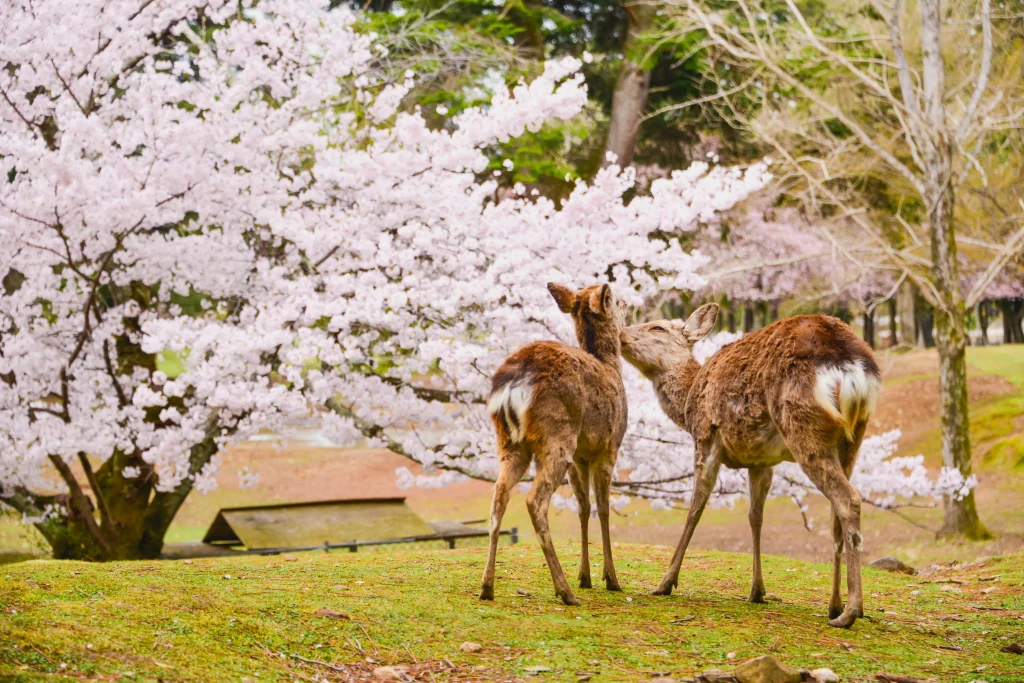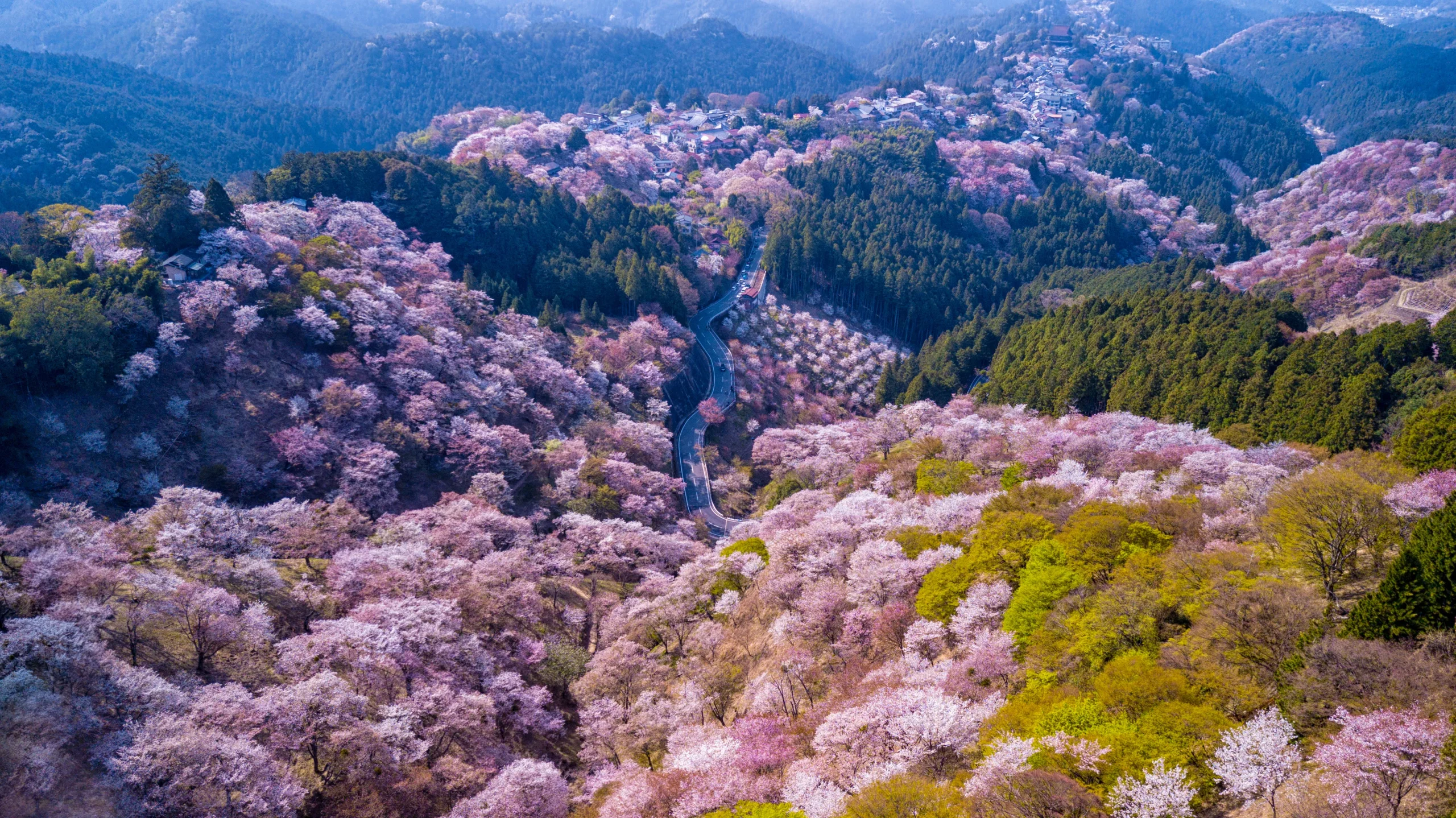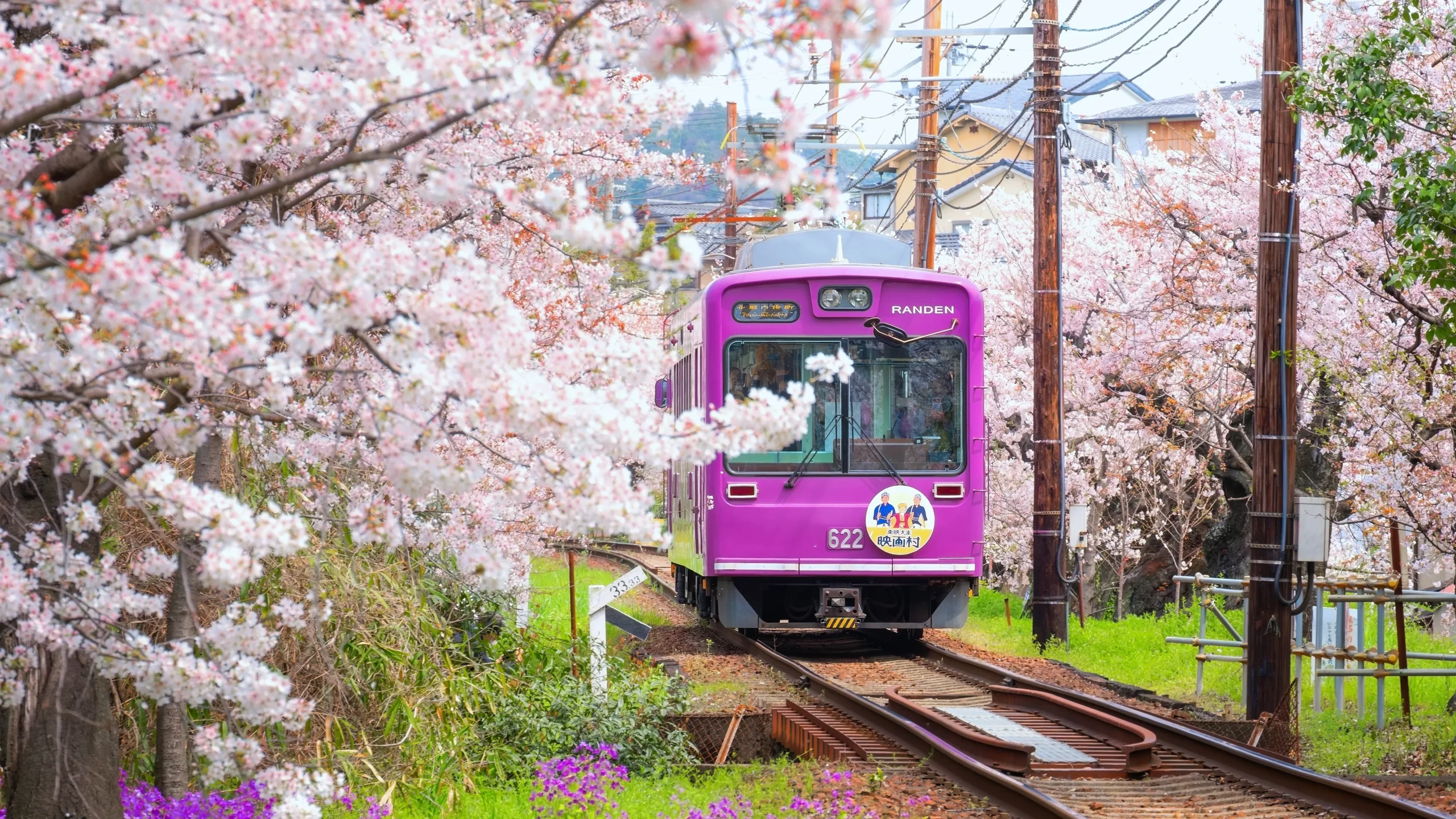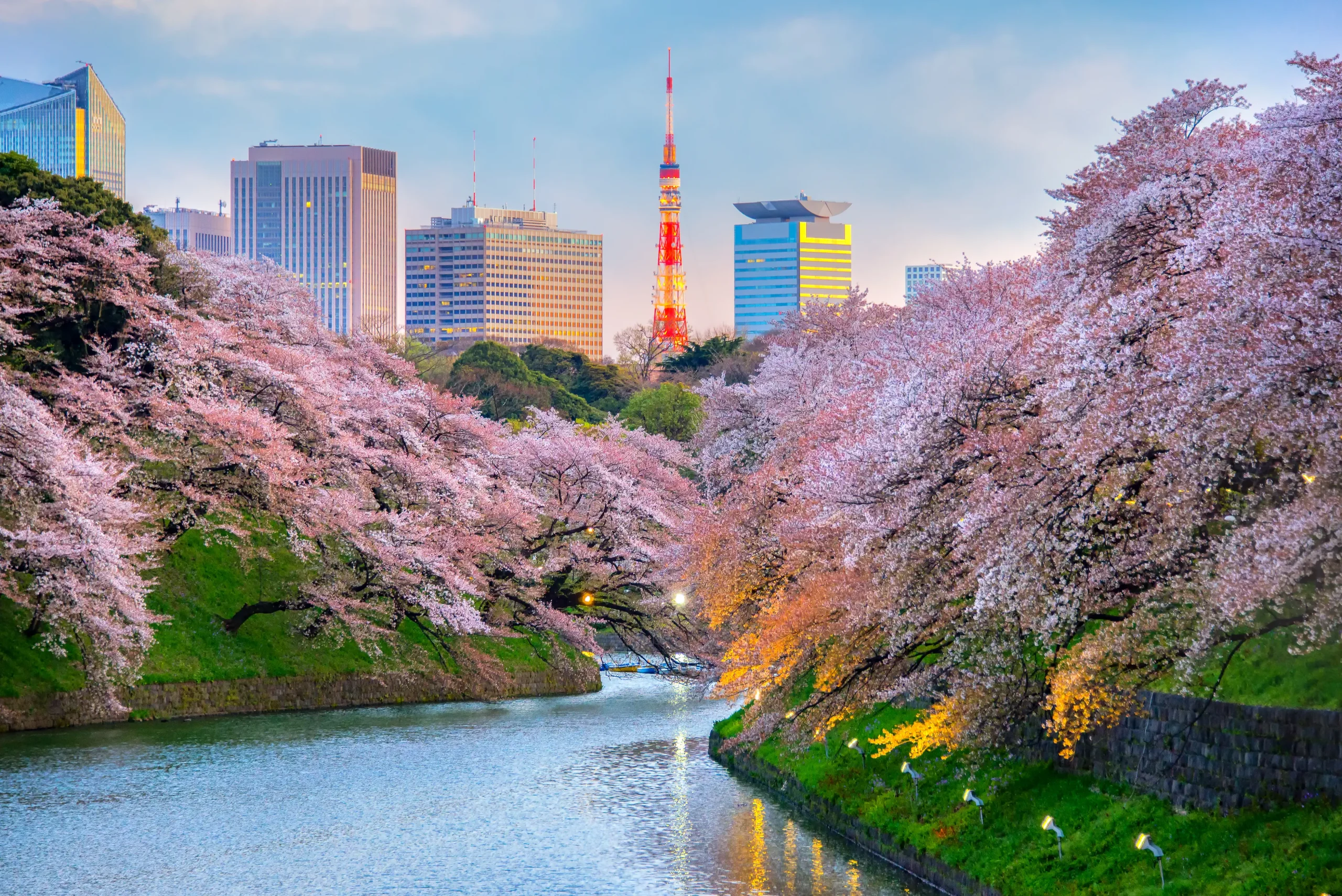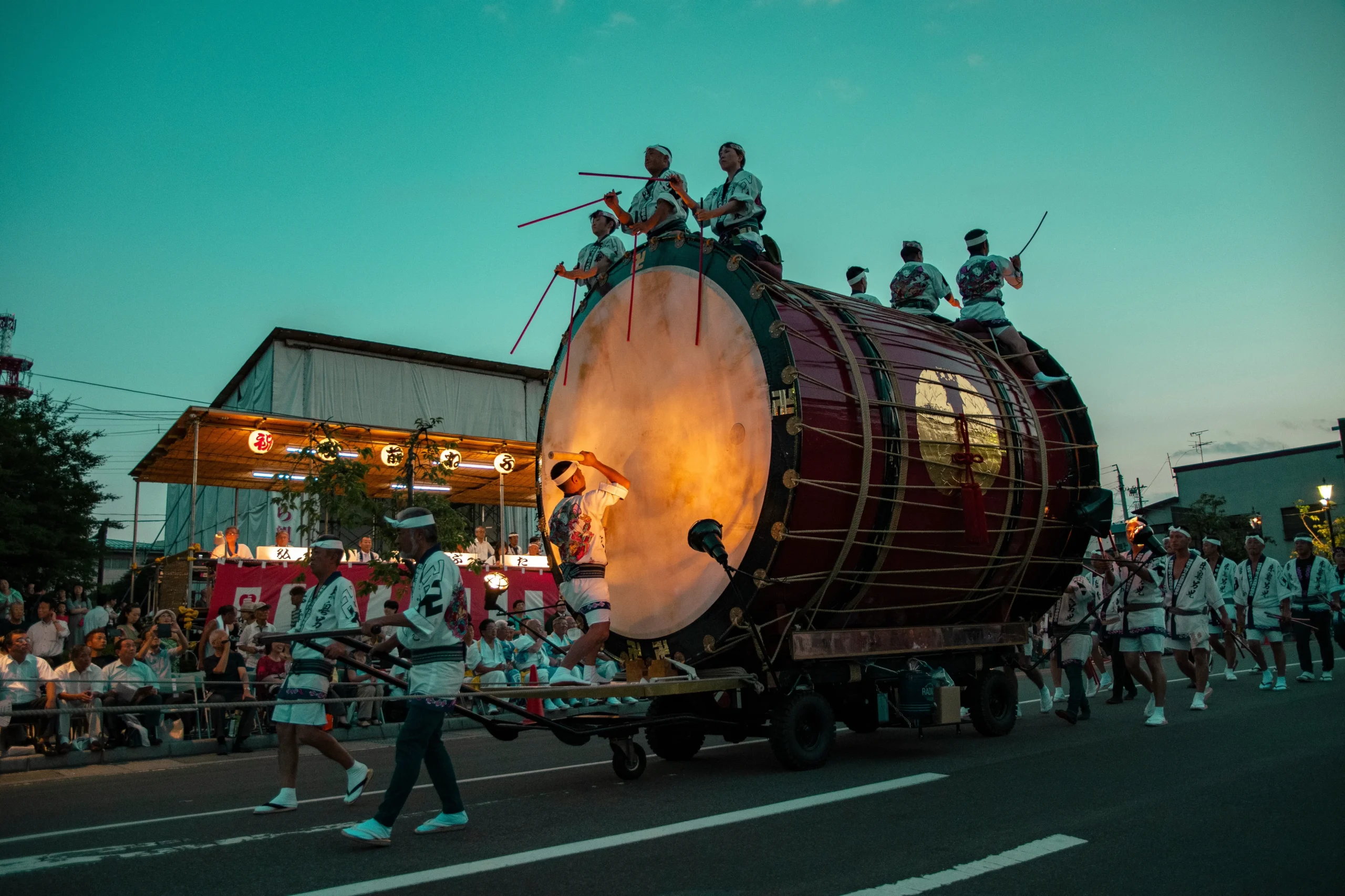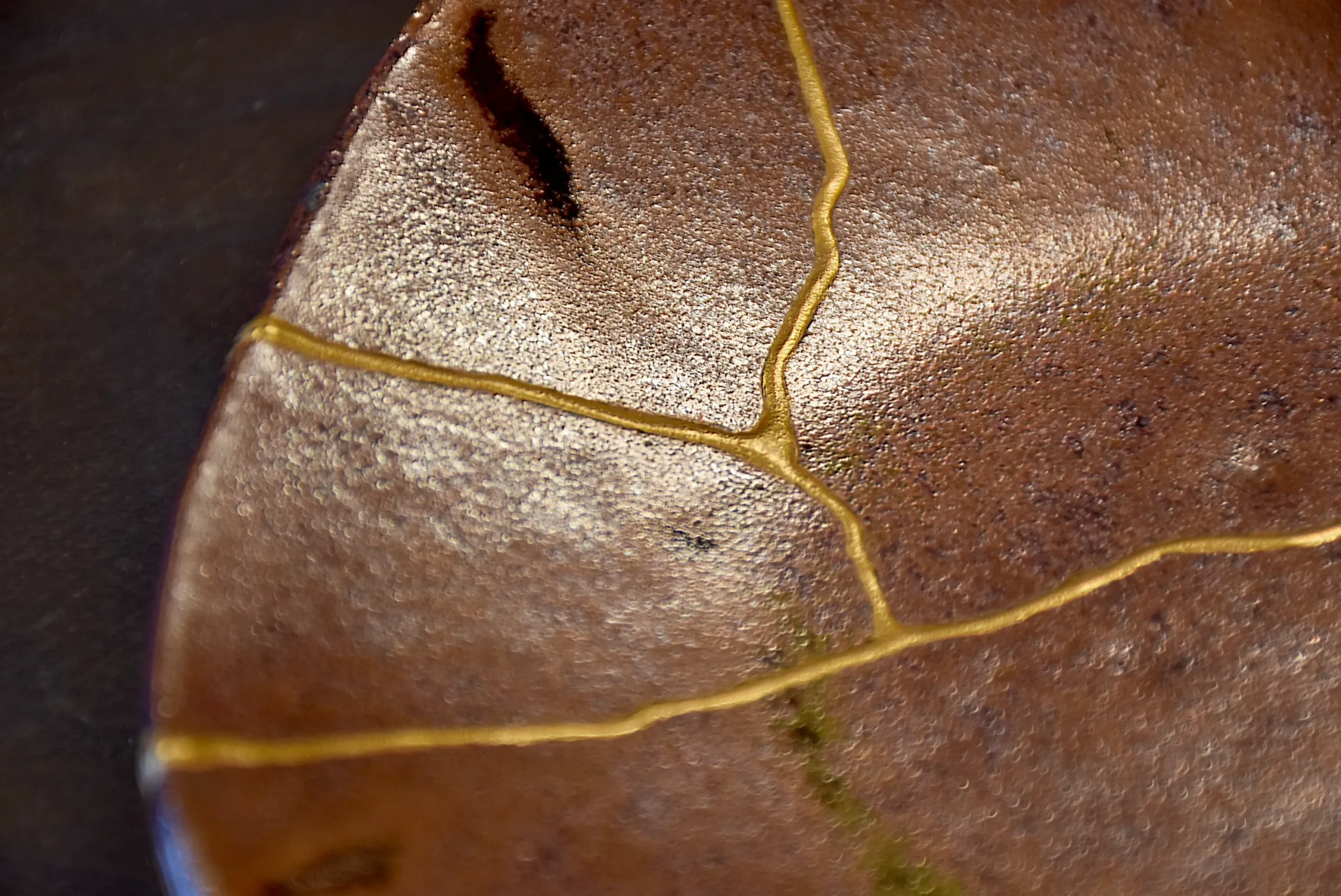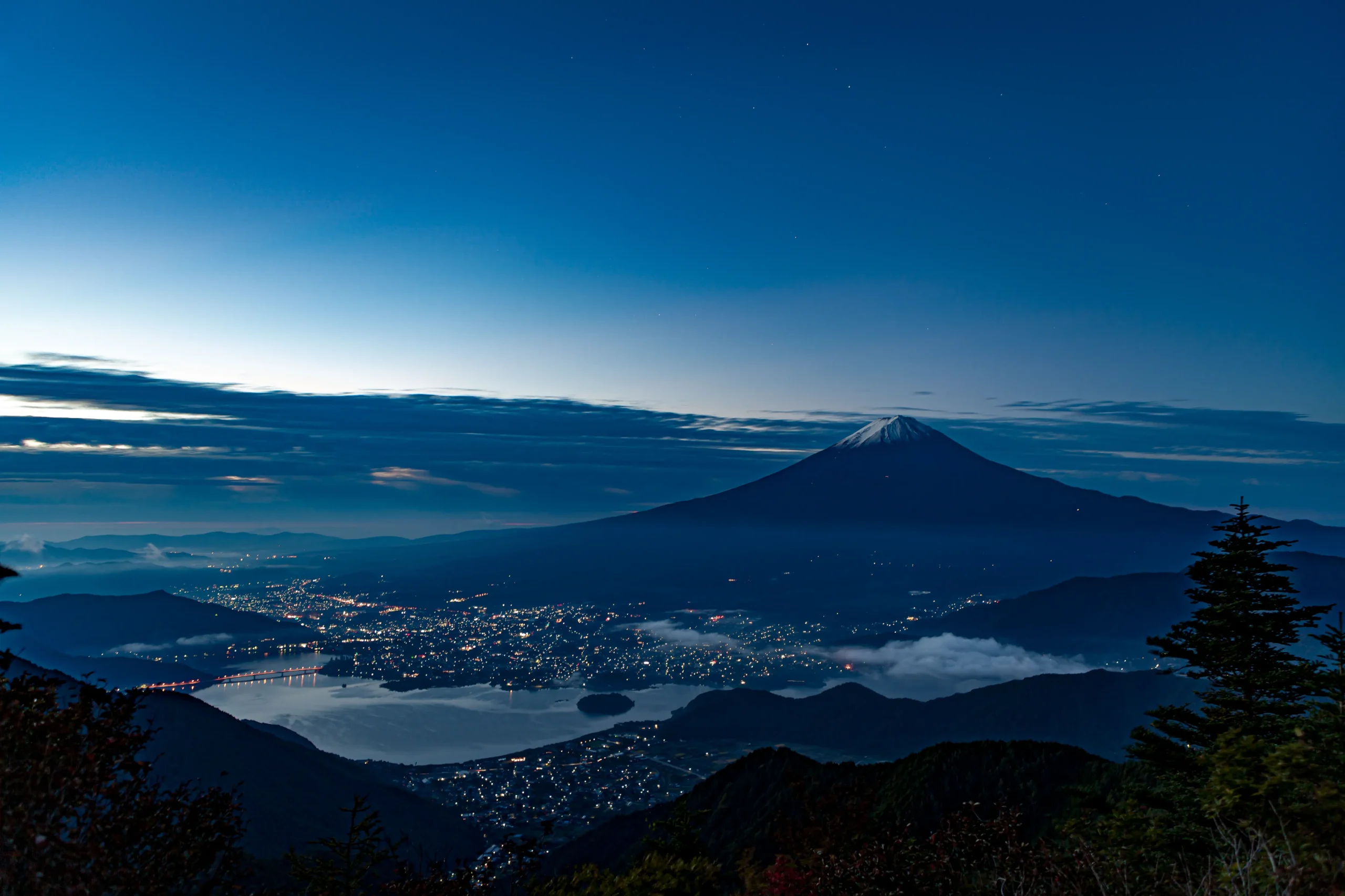Japan is a country with four distinct seasons, each offering its own unique beauty and ways to enjoy them. One of the fascinating aspects of traveling in Japan is that your experience can vary dramatically depending on the time of year you visit. This article introduces the best times to travel to Japan and highlights what makes each season special. Use it as a guide to help choose the perfect time based on your travel goals.
The Best Times to Visit Japan: Spring and Autumn
The best times to visit Japan are in the spring (March to May) and autumn (September to November). These seasons offer mild, stable weather, making them ideal for sightseeing.
In Tokyo during spring, March is still a bit chilly, with average highs around 15°C and lows near 5°C. By April, temperatures rise to highs of 22°C and lows of 13°C. May is even more pleasant, with highs around 25°C and lows near 16°C. It’s also the season for cherry blossoms and fresh greenery—perfect for enjoying Japan’s iconic scenery.
In contrast, Tokyo in autumn starts off warm in September, with highs around 31°C and lows near 24°C. By October, the weather cools to a more comfortable 24°C high and 15°C low. In November, temperatures dip further to highs of 19°C and lows around 10°C—right when the autumn foliage reaches its peak. With lower humidity and plenty of sunny days, autumn has its own special charm.
Seasonal Highlights: What You Can Experience in Each Season
Spring
Spring is the season of cherry blossoms. Cities across Japan are transformed with blooming sakura, creating a festive and picturesque atmosphere. The typical viewing season runs from late March to early April. Visit Japan during this time to witness the breathtaking beauty of cherry blossom landscapes.
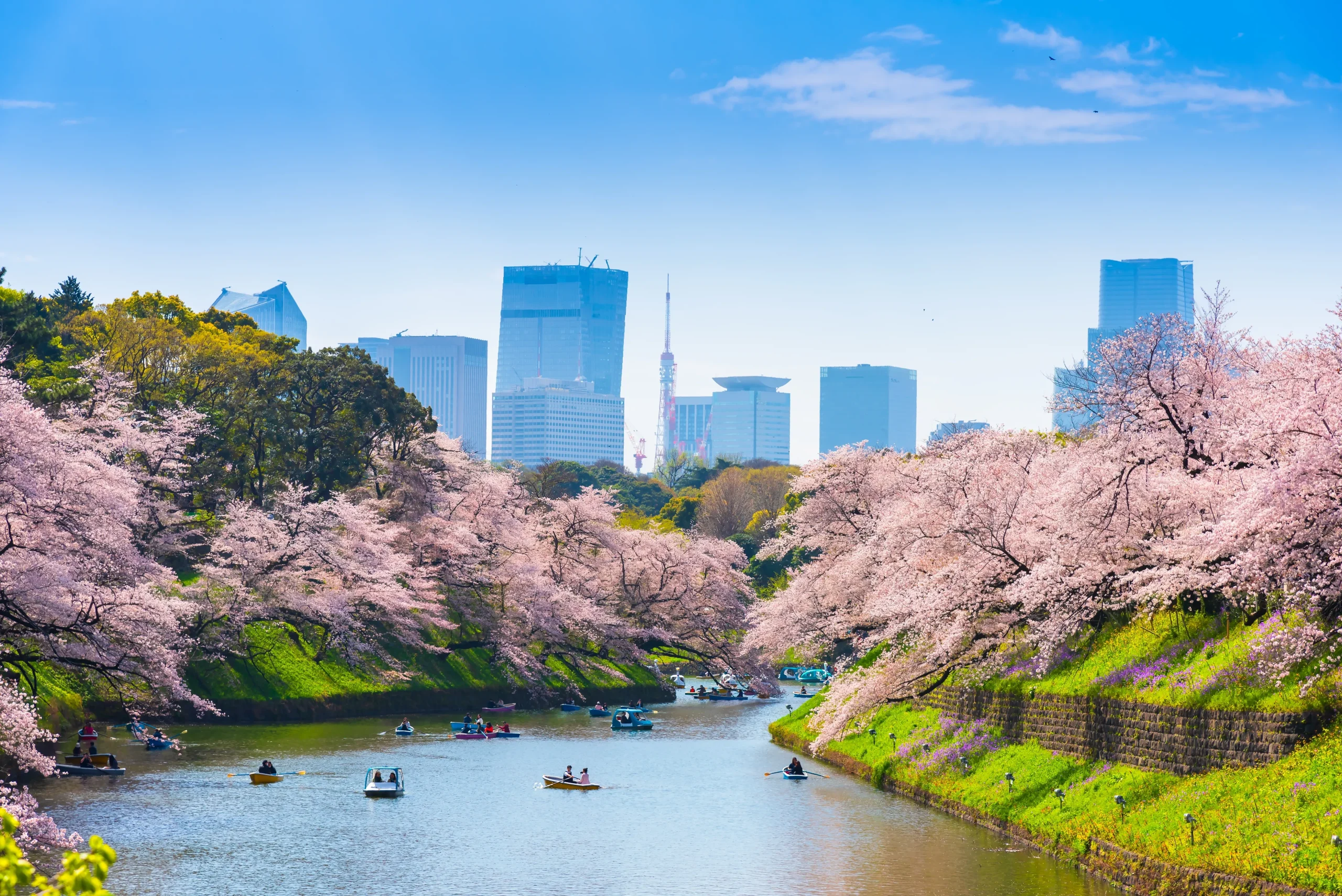
Some of the most famous cherry blossom spots in Tokyo include Meguro River, Ueno Park, and Chidorigafuchi. At Meguro River and Ueno Park, rows of cherry trees along the riverside and within the park are beautifully illuminated at night, offering a magical yozakura (night blossom) experience. At Chidorigafuchi, you can view the blossoms from a rowboat—an unforgettable sight with the trees reflected in the water.
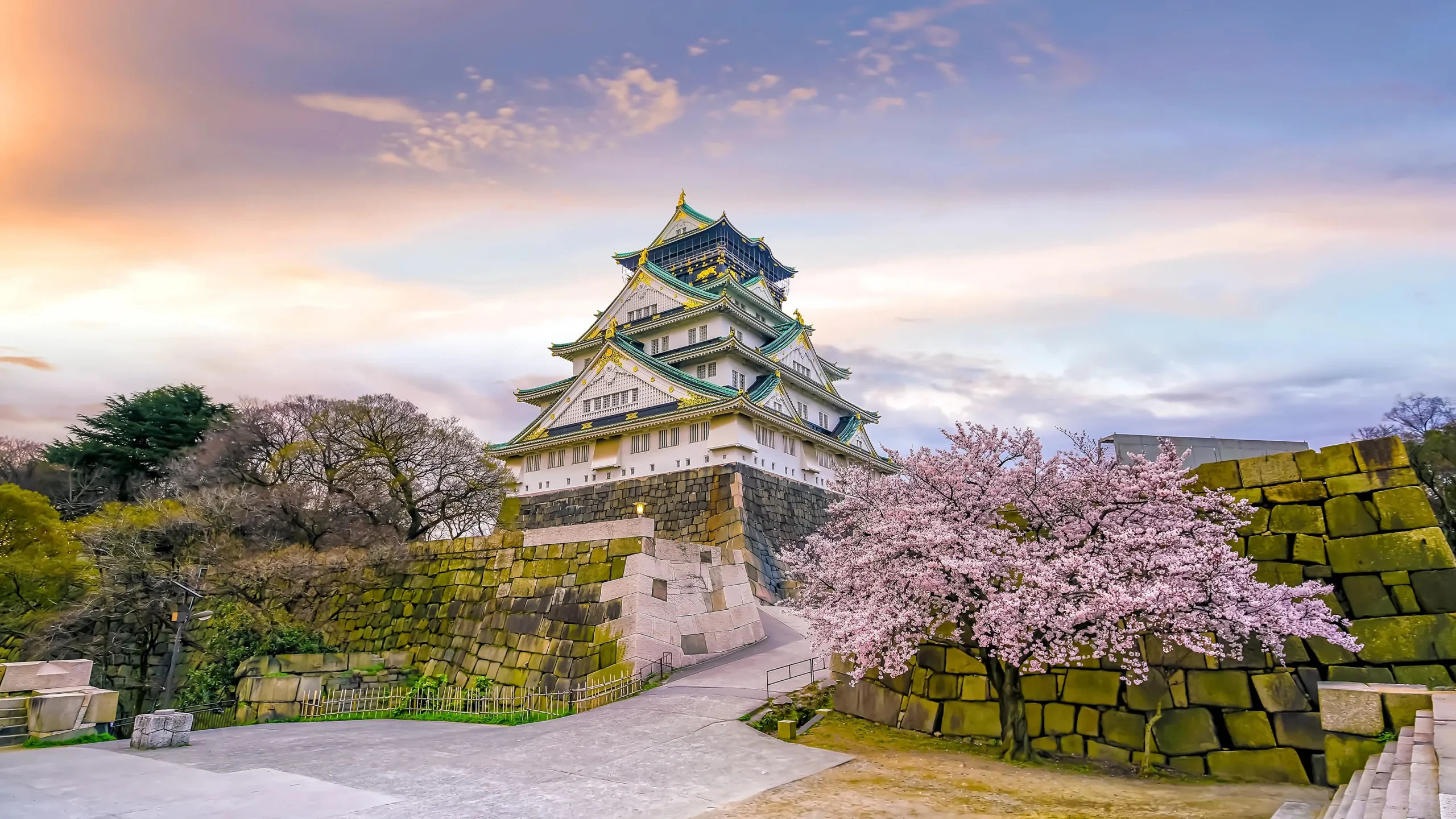
In the Kansai region, Osaka Castle Park and Himeji Castle Park are highly recommended. The sight of historic castles framed by blooming cherry trees is unique to this season and perfect for capturing iconic Japanese scenery.
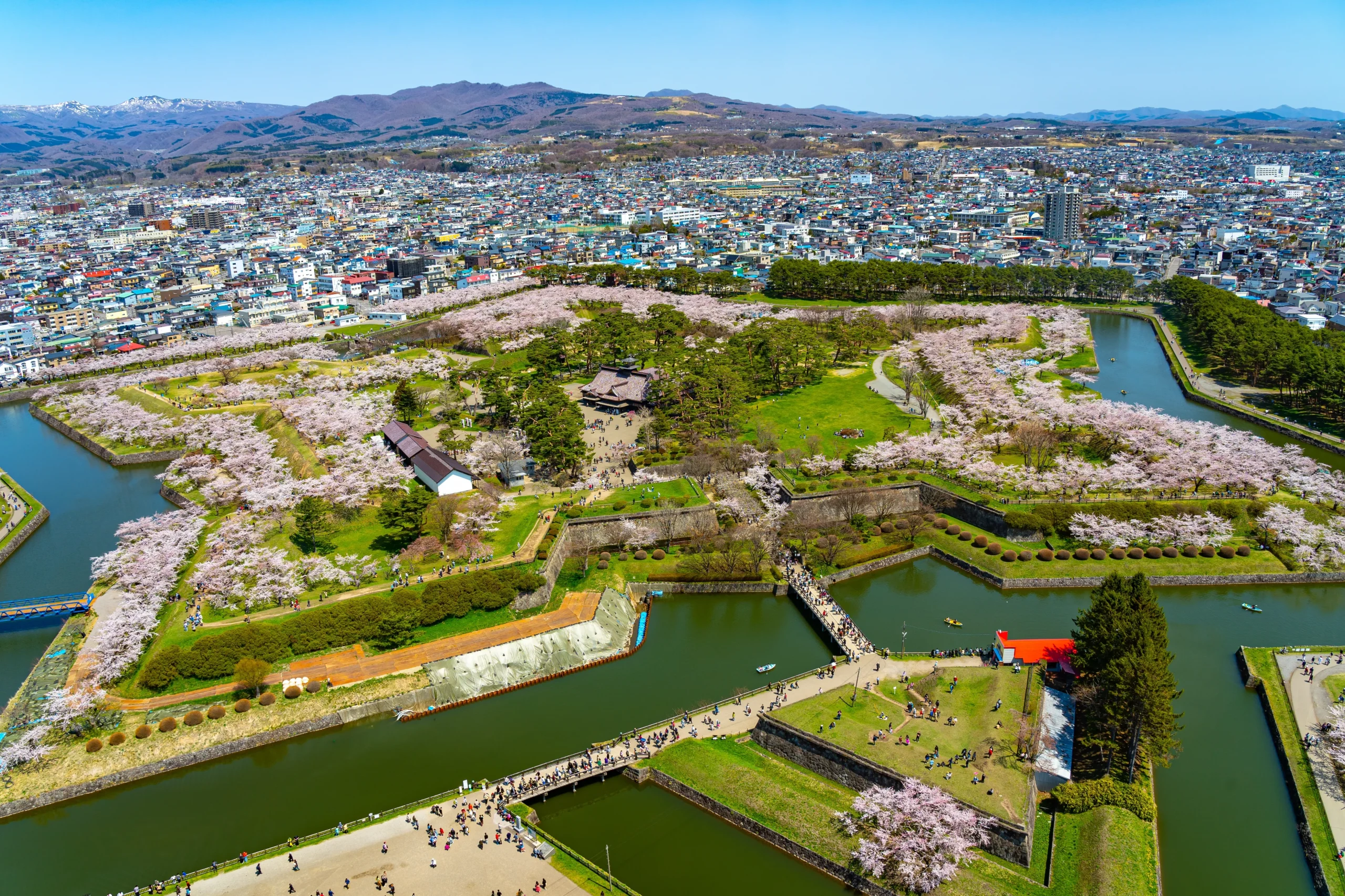
If you want to enjoy cherry blossoms a little later, head to Hokkaido. In cities like Sapporo, the blossoms usually peak from late April to early May, giving you a second chance to enjoy hanami (the Japanese tradition of enjoying cherry blossoms, often with picnics under the trees) after the season ends in Honshu.
Summer
Japanese summers are known for high temperatures and humidity, with many days exceeding 30°C. Because of the intense humidity, people often seek out cooler destinations during this season. In summer, colorful fireworks festivals are held across Japan.
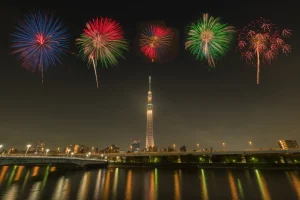
One of the most famous is the Sumida River Fireworks Festival in Tokyo. The vibrant bursts of light against the night sky, with Tokyo Skytree in the background, create a stunning view that captivates thousands every year.
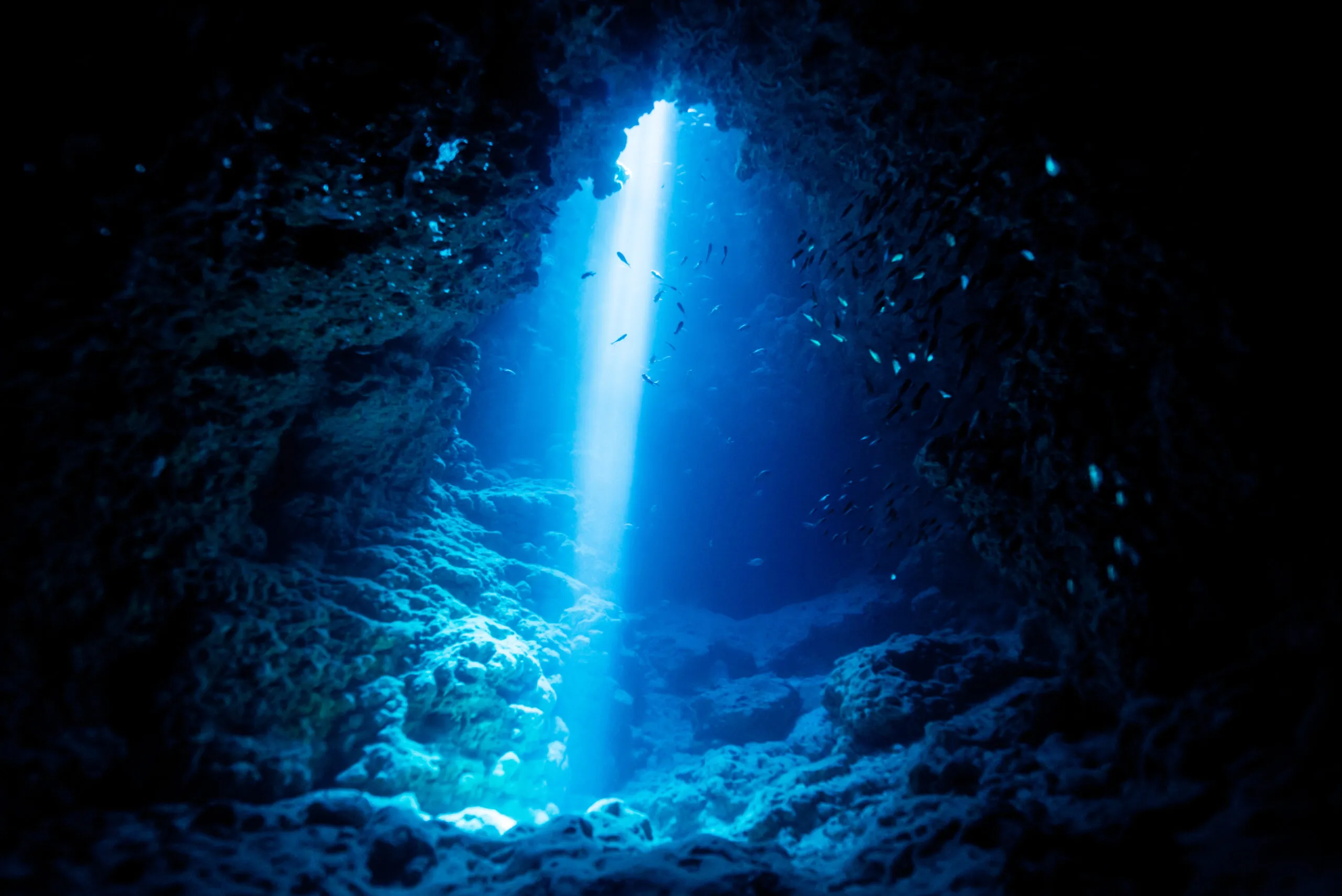
On the other hand, Okinawa, located in the southern part of Japan, is especially recommended. Its crystal-clear waters are perfect for snorkeling, diving, and other marine activities. It’s an ideal place to fully enjoy the beauty of Japan’s summer nature.
Autumn
Autumn is a season of vivid contrasts, with orange, red, and yellow leaves painting the landscapes. Mountains and parks across Japan come alive with color, creating serene and picturesque scenes.
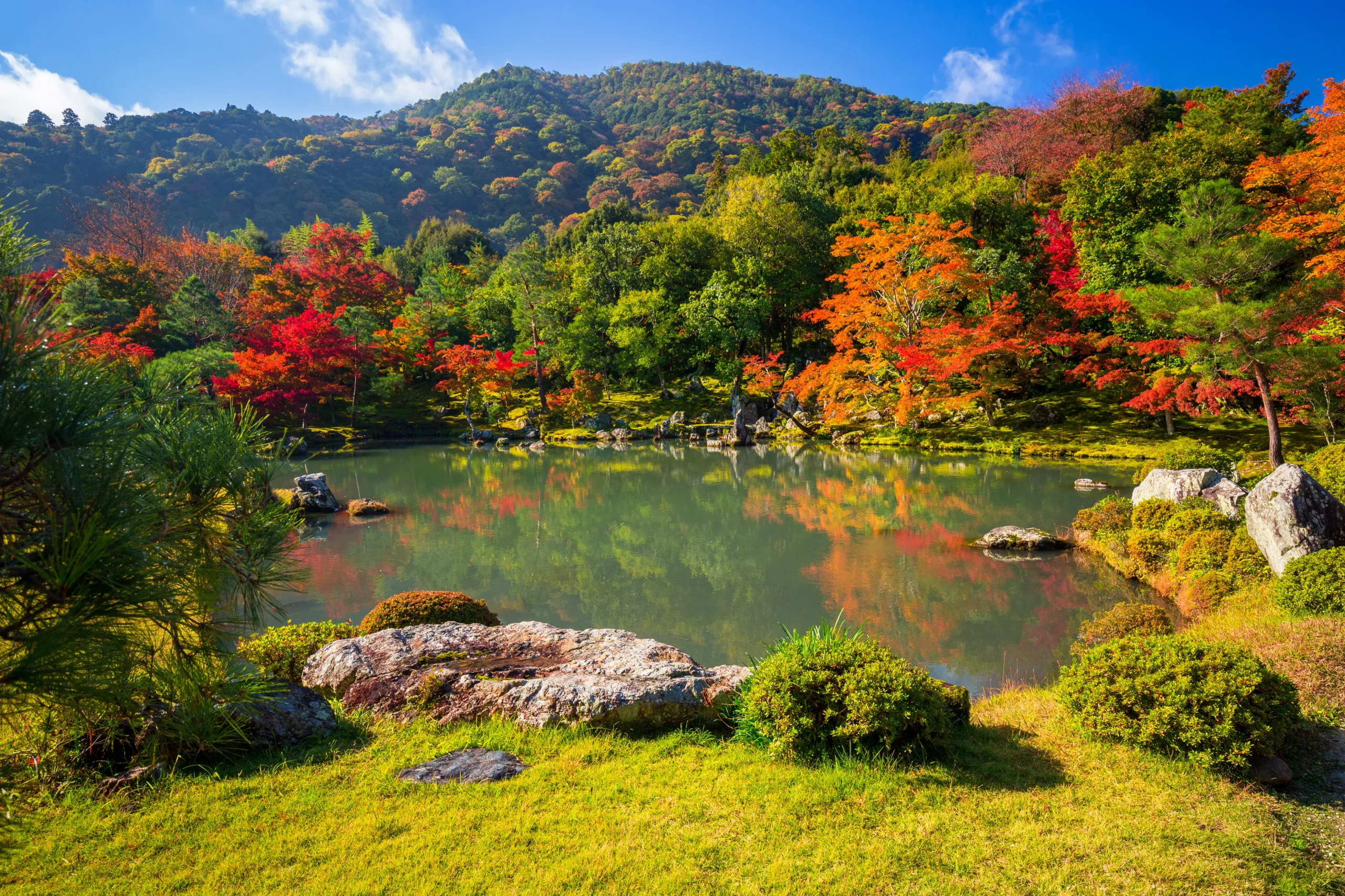
One of the most famous spots for autumn foliage is Arashiyama in Kyoto. Known for its beautiful fall colors, it’s home to Tenryu-ji, a UNESCO World Heritage Site where you can enjoy vibrant leaves set against historic architecture and peaceful gardens. A short walk away, you can also visit Arashiyama Monkey Park Iwatayama to interact with wild monkeys—a unique experience in the middle of nature.
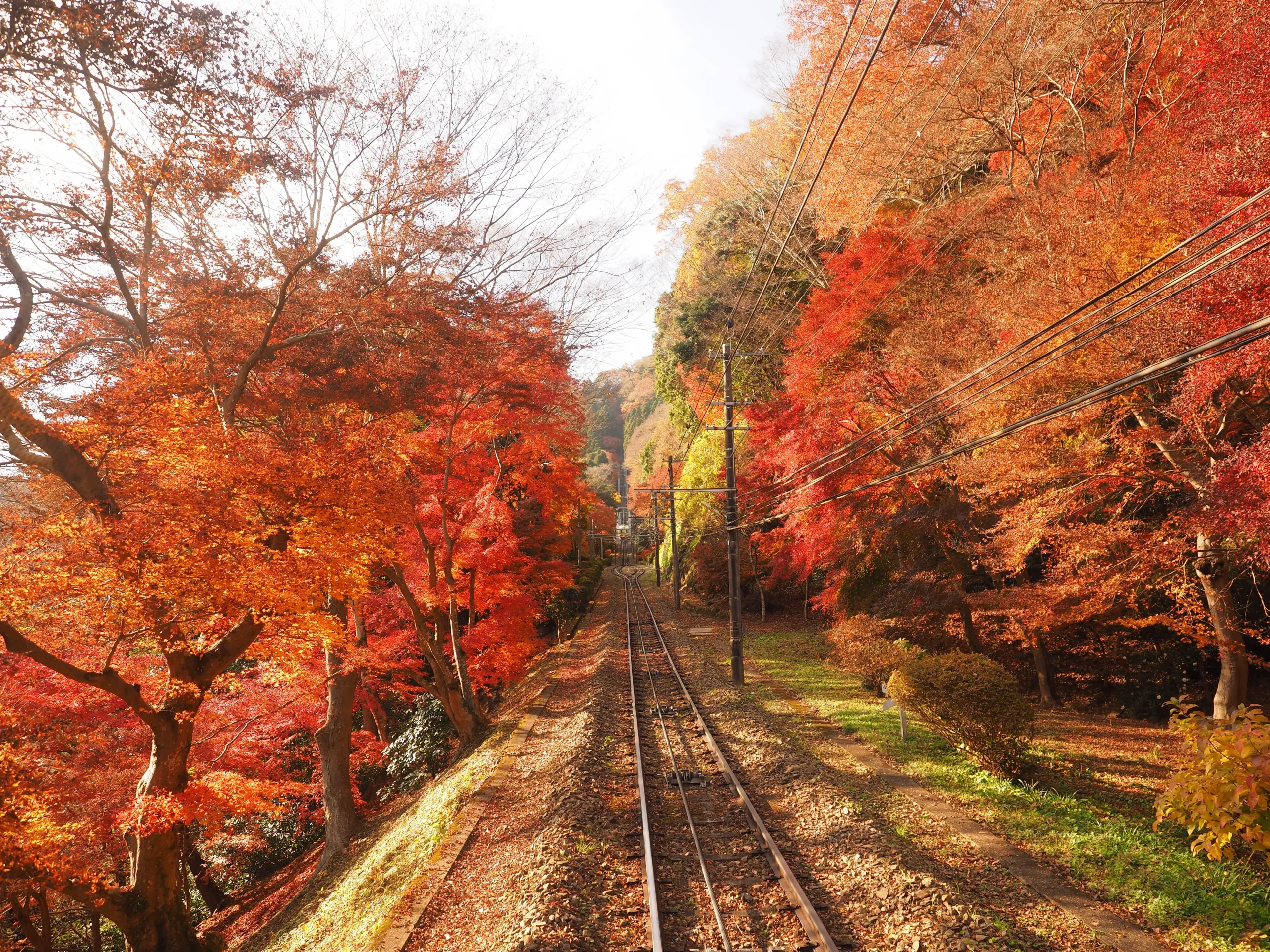
Other great foliage spots include Mt. Takao near Tokyo and Nara Park or Mt. Hiei in the Kansai region. Each area offers a special chance to enjoy Japan’s breathtaking autumn scenery.
Winter
Winter in Japan brings colder weather in many regions, with heavy snowfall in some areas.
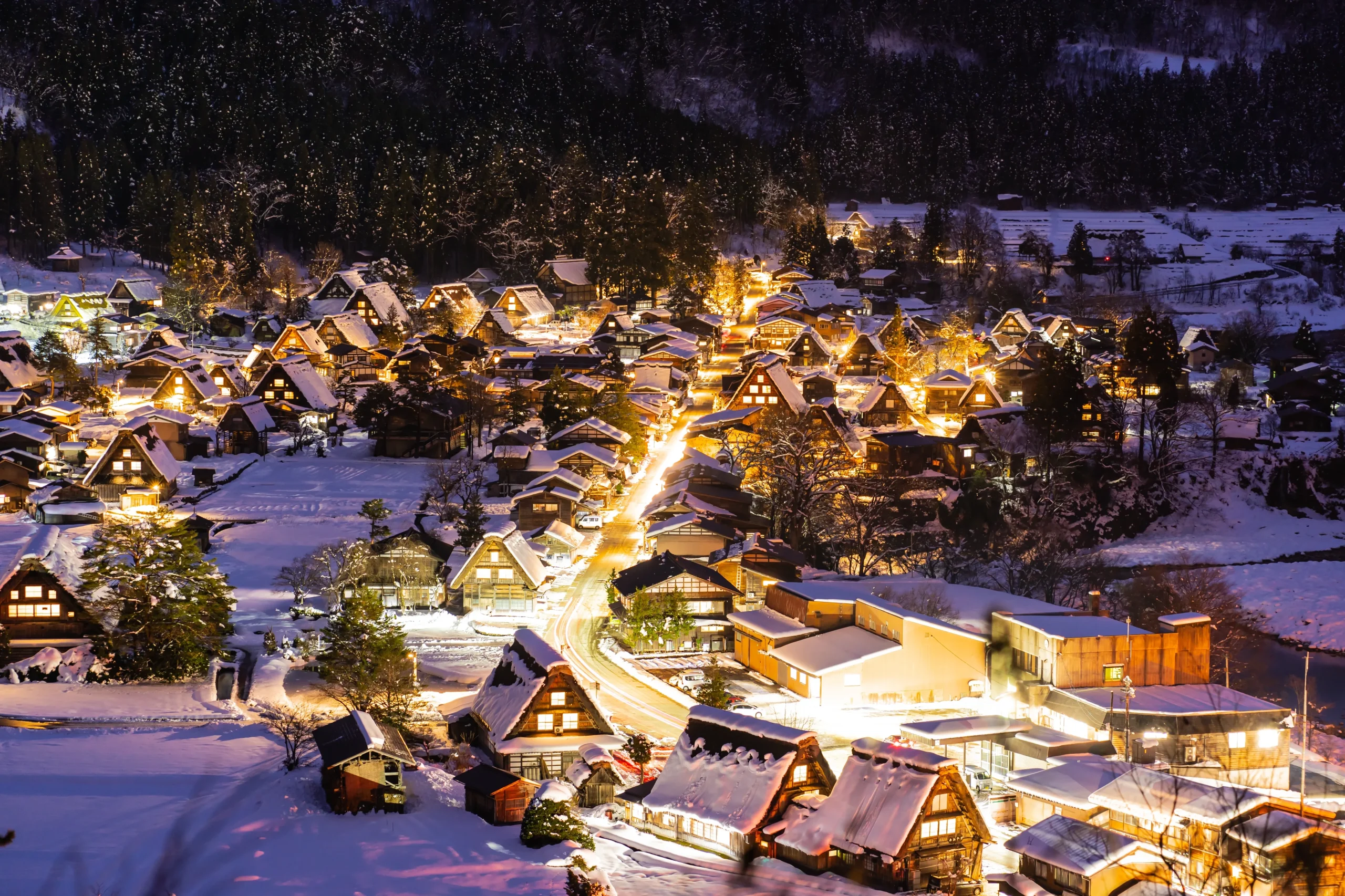
One of the best places to enjoy the beauty of Japan’s snowy landscapes is Shirakawa-go in Gifu Prefecture. In Shirakawa-go, snow typically falls from late December through early March, covering the entire village in white. The highlight here is the traditional gassho-zukuri (a style of traditional farmhouse with steep thatched roofs designed to withstand heavy snow) houses, recognized as a UNESCO World Heritage Site. With their steep thatched roofs blanketed in snow and framed by mountains, they create a magical winter scene. On select nights, the village is lit up, and the softly glowing gassho-zukuri houses in the silent snow look like something out of a fairy tale. It’s a truly special place to experience the wonder of a Japanese winter.
Japan’s Off-Season
Japan’s off-season typically falls on weekdays in winter and during the rainy season from mid-June to early July. During these times, tourist numbers are relatively low, and prices for attractions, hotels, and flights often drop significantly. For those looking to save on travel expenses or avoid crowds for a more relaxed experience, traveling in the off-season is especially recommended. Even popular destinations are less crowded, allowing you to enjoy the local atmosphere in peace. Many regions also offer special discounts and promotional deals during the off-season, providing opportunities to stay at luxury inns or hotels at more affordable rates. For travelers with flexible schedules or those looking to unwind at a leisurely pace, this period is truly a hidden gem.
Japan’s Peak Travel Seasons
Japan’s peak travel seasons are typically late December to early January (New Year holidays), late April to early May (Golden Week), and mid-August (Obon). During these times, many people take vacations, resulting in crowded tourist spots, transportation, and accommodations. “Golden Week” is a uniquely Japanese holiday period made up of several consecutive national holidays, prompting a nationwide travel rush. “Obon,” on the other hand, is a traditional holiday to honor one’s ancestors, during which many people return to their hometowns or take time off—leading to another wave of travel.
If you prefer to avoid crowds or enjoy sightseeing in a more relaxed setting, it’s best to steer clear of these busy periods. Accommodation and flight prices also tend to surge, so booking well in advance is essential. When planning your trip, be sure to check the calendar. If you wish to avoid the crowds, aim to travel on weekdays or during the off-season.
Summary
Spring and autumn are the most popular seasons for visiting Japan, thanks to their mild, stable weather. These times of year also offer seasonal beauty—like cherry blossoms and autumn foliage—that you can only experience during these months. That said, summer and winter also have their own unique appeal. Summer brings fireworks festivals and beach activities across the country, while winter offers skiing, hot springs, and stunning snowy landscapes—each season brings its own set of special experiences.
That’s why it’s best to choose when to visit based on what you want to do—whether it’s enjoying nature, taking part in cultural experiences, or trying winter sports. Picking the right season for your goals will lead to a more fulfilling trip. Visiting during winter weekdays or the rainy season also has its advantages: lower travel costs and fewer crowds at tourist sites. Take time to consider the best timing for your trip, and plan a journey that truly suits you.
